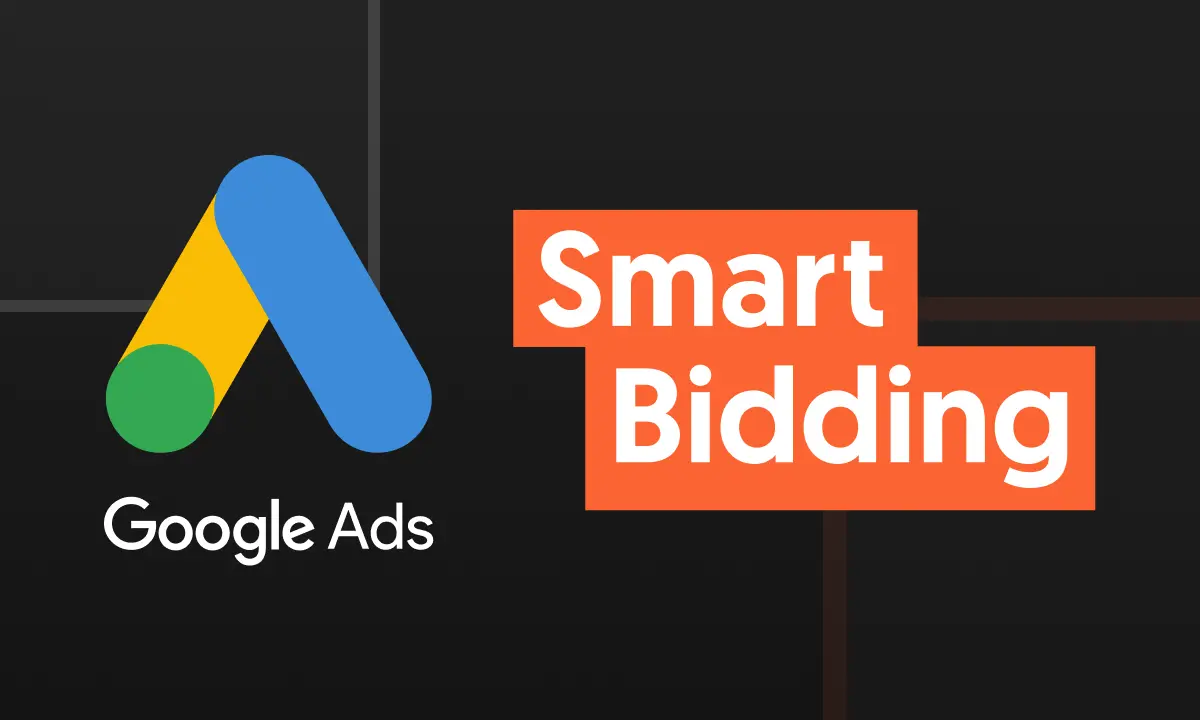Smart Bidding harnesses Google’s AI to optimize bids in real time for each auction, enabling advertisers to hit precise ROI targets and spend budgets more efficiently.
1. Choose the Right Smart Bidding Strategy
Google Ads offers four primary Smart Bidding strategies. Select one based on your campaign goals:
- Target ROAS (Return on Ad Spend):
Automatically sets bids to achieve a specific revenue-to-spend ratio. Ideal for e-commerce or lead-value campaigns where conversion values vary. - Maximize Conversion Value:
Seeks the highest total conversion value within your budget. Use when you want to maximize revenue without a strict ROAS target. - Target CPA (Cost per Acquisition):
Adjusts bids to get as many conversions as possible at or below a set CPA. Best for campaigns focused on volume of leads or sign-ups. - Maximize Conversions:
Allocates spend to drive the maximum conversions. Suited for gathering as many leads or sales as budget allows, without CPA constraints.
2. Ensure Sufficient Conversion Data
Smart Bidding relies on historical signals. To unlock full performance:
- Accumulate at least 50 conversions in the past 30 days (for Target CPA) or 100 conversion value events (for Target ROAS).
- Verify conversion tracking is comprehensive—include all key actions (purchases, form submissions, calls).
- Use Google’s enhanced conversions (first-party data hashing) to improve accuracy.
3. Leverage Advanced Audience Signals
Provide Google’s machine learning with rich context by specifying:
- Custom Audiences: Build custom intent or in-market segments based on keywords, URLs, or app usage.
- Remarketing Lists: Target users who previously interacted with your site, app, or YouTube channel.
- Customer Match: Upload hashed first-party data (emails, phone numbers) to reach high-value customers.
- Detailed Demographics: Layer in age, gender, parental status, and household income segments.
Combining multiple audience signals helps Smart Bidding tailor bids for users most likely to convert at your target ROI.
4. Optimize Your Campaign Structure
A well-organized account amplifies Smart Bidding efficacy:
- Segment by Value or Funnel Stage: Create separate campaigns or conversion actions for high-value vs. low-value outcomes.
- Use Single-Goal Campaigns: Avoid mixing sales and lead-gen in one campaign; each bidding strategy applies to a single objective.
- Consolidate Low-Volume Campaigns: Merge underperforming or low-traffic campaigns to ensure sufficient data for the algorithm.
5. Set Realistic Bidding Targets
- Target ROAS: Start with a conservative ROAS goal (e.g., 400%) then incrementally adjust upward as data stabilizes.
- Target CPA: Base your CPA on historical averages and profit margins, then refine monthly.
- Budget Alignment: Ensure daily budgets are at least 3× your target CPA or target spend, so Smart Bidding has room to optimize.
6. Utilize Seasonality Adjustments
For predictable spikes (holidays, product launches):
- Activate Seasonality Adjustments in “Bid Strategy” settings.
- Define date ranges and expected conversion rate uplifts or declines.
- This temporary signal helps Google’s algorithm adjust bids more accurately during high-impact periods.
7. Incorporate First-Party Data & Offline Conversions
Feed additional signals to improve bidding precision:
- Upload Offline Conversions: Match offline sales or lead outcomes back to ad clicks.
- Enhanced Conversions: Enable hashed first-party data capture on your site to boost signal accuracy.
- CRM Integration: Link Google Ads to your CRM so Smart Bidding models full-funnel performance.
8. Monitor & Adjust Frequently
- Bid Strategy Reports: Review “Auction insights” and “Top signals” to understand which factors drive bidding decisions.
- Performance Planner: Forecast how budget or target changes will impact conversions and cost metrics.
- Experiment with Bid Simulations: Test different ROAS or CPA targets in draft campaigns before full rollout.
9. Combine with Automated Creative
Pair Smart Bidding with dynamic ad formats:
- Responsive Search Ads: Provide 15 headlines and 4 descriptions so Google can optimize creative combinations.
- Dynamic Display Ads: Upload images, logos, and text assets to automate design for display and YouTube discovery.
- Video Action Campaigns: Leverage video creatives with clear calls-to-action, letting Google optimize bids and placements.
10. Scale Gradually and Iterate
- Pilot Small Budgets: Start with a subset of traffic or a single product line.
- Analyze Weekly Trends: Look for bid strategy pacing, conversion latency, and target achievement rates.
- Refine Targets & Audiences: As performance data accumulates, tighten audience segments and adjust bidding targets.
- Expand Scope: Roll out successful strategies to additional geographies, product lines, or budget levels.
By systematically applying these best practices, advertisers in 2025 can fully exploit Google Ads Smart Bidding—driving higher ROI through precise, machine-learning–powered bid optimization that aligns spend with business objectives.
